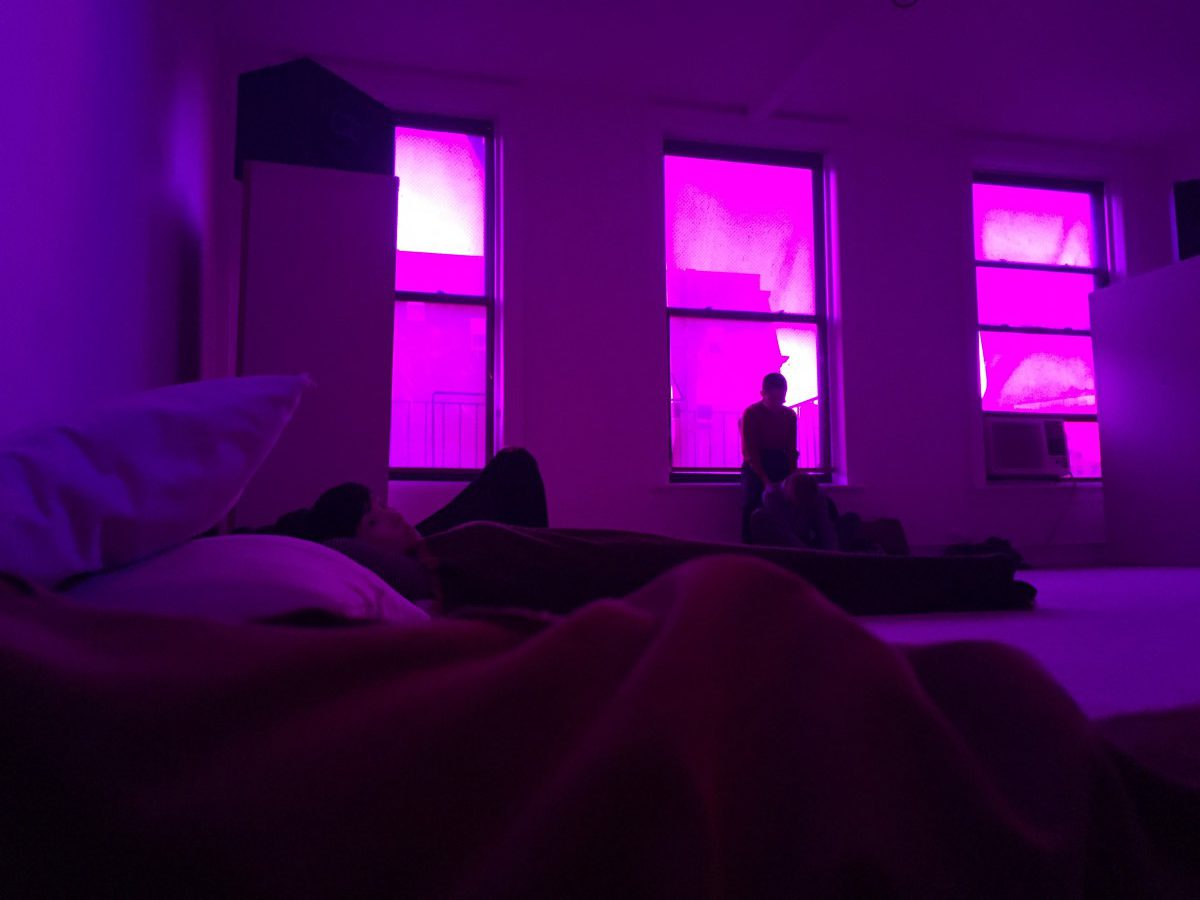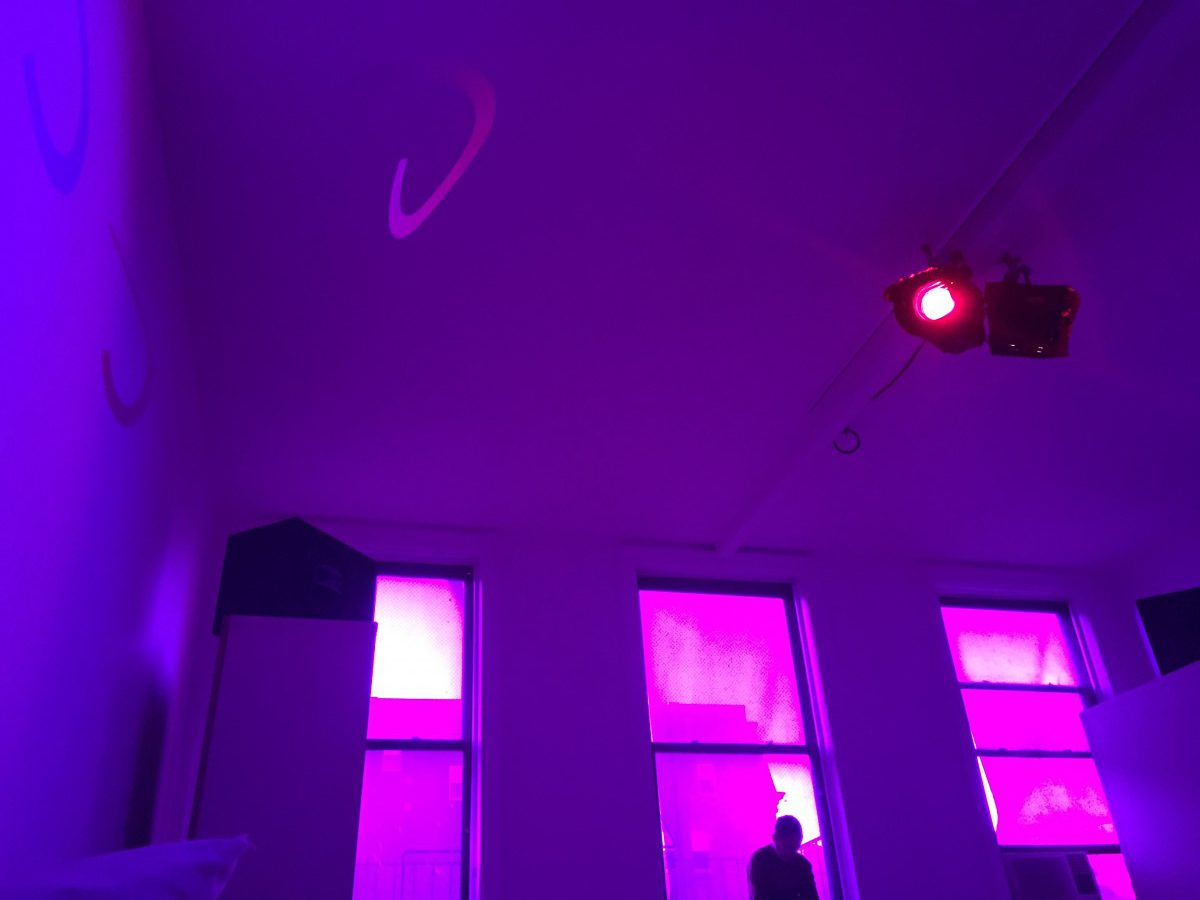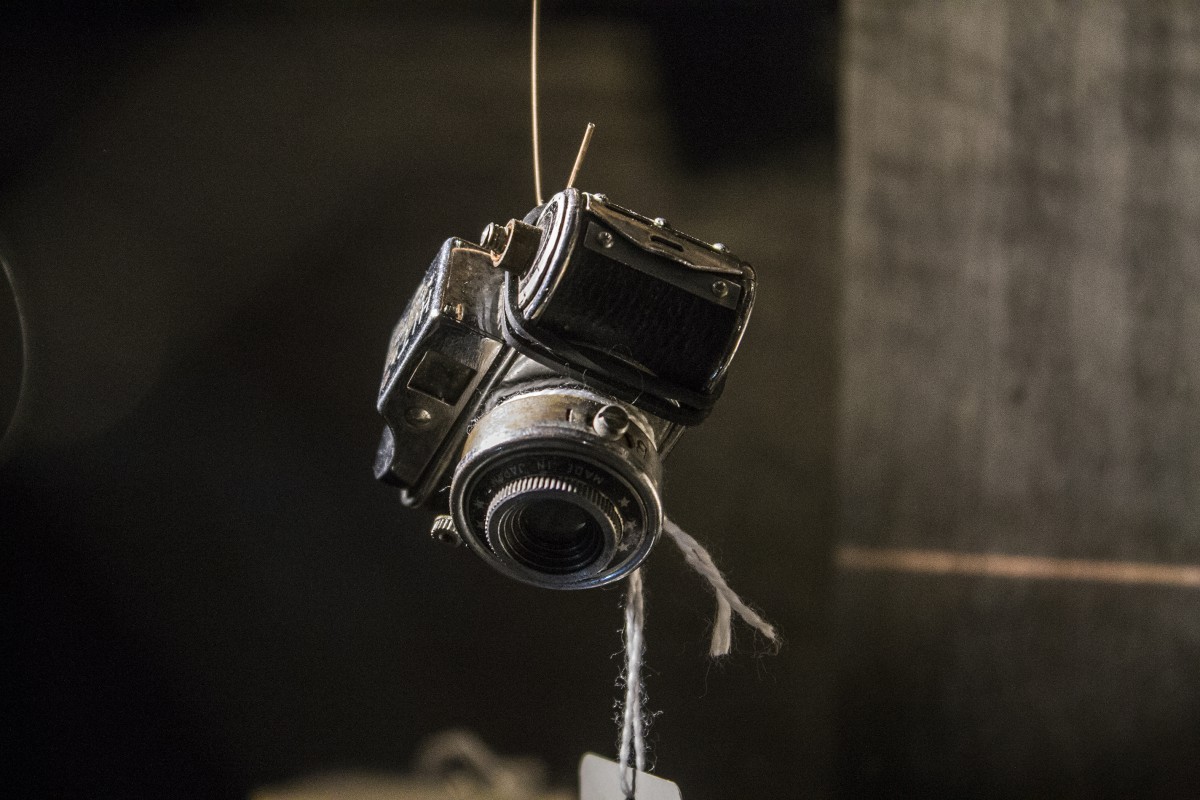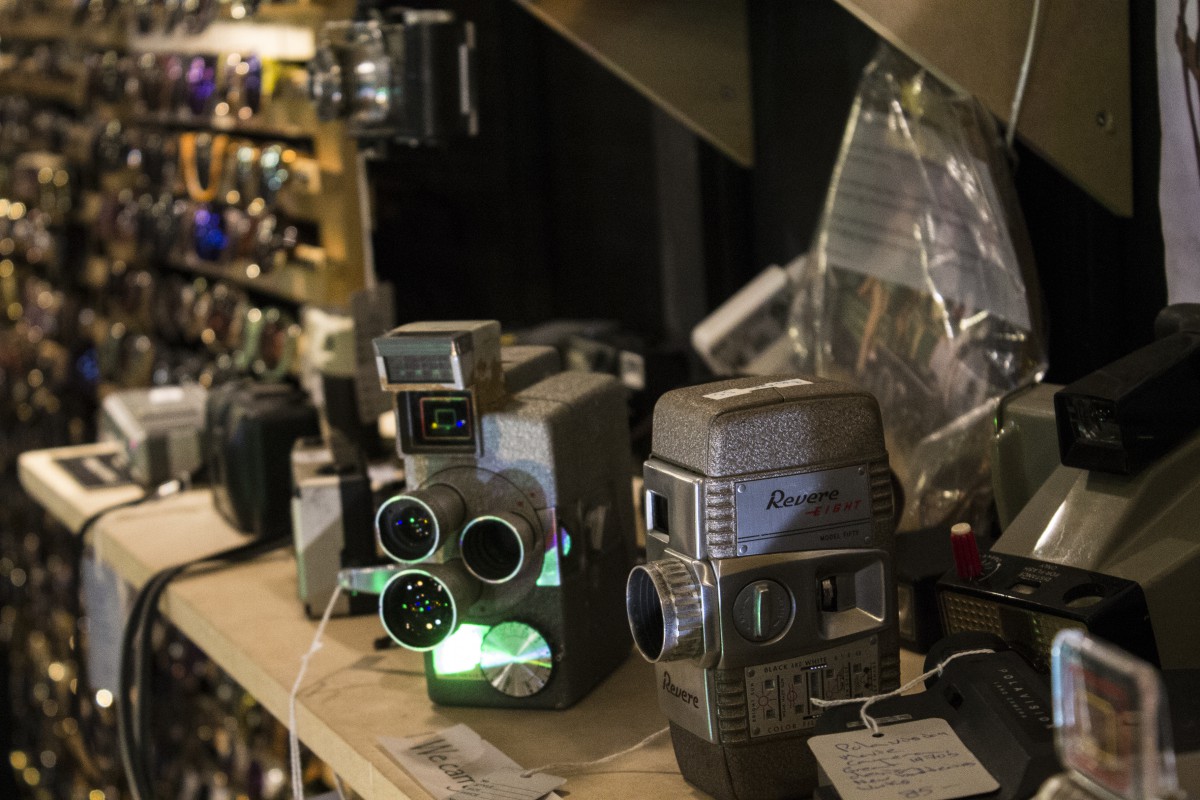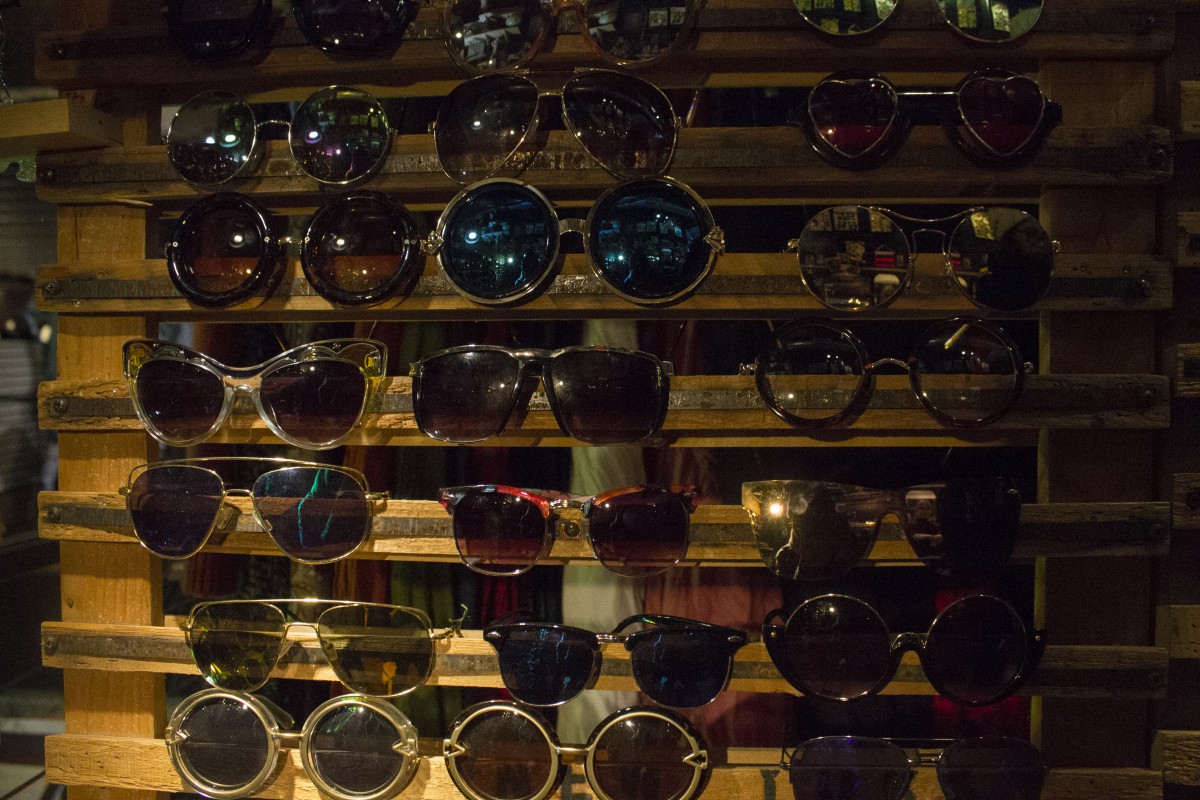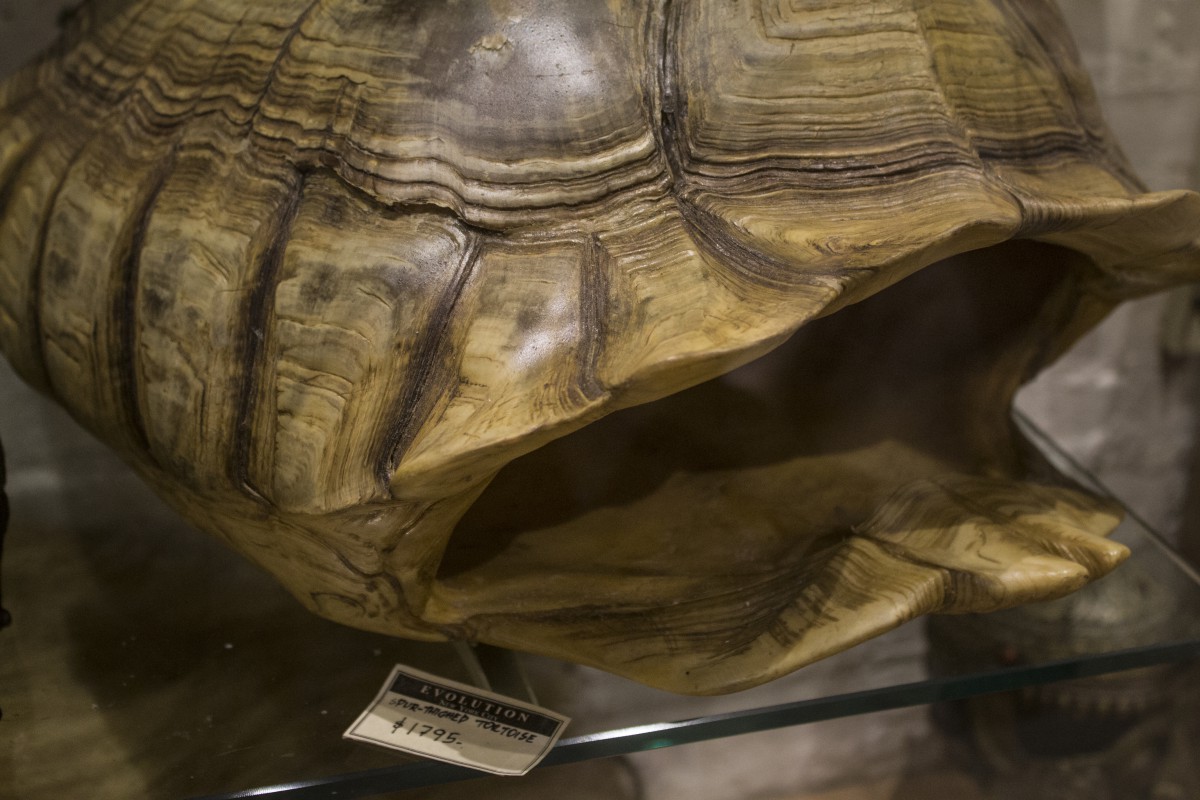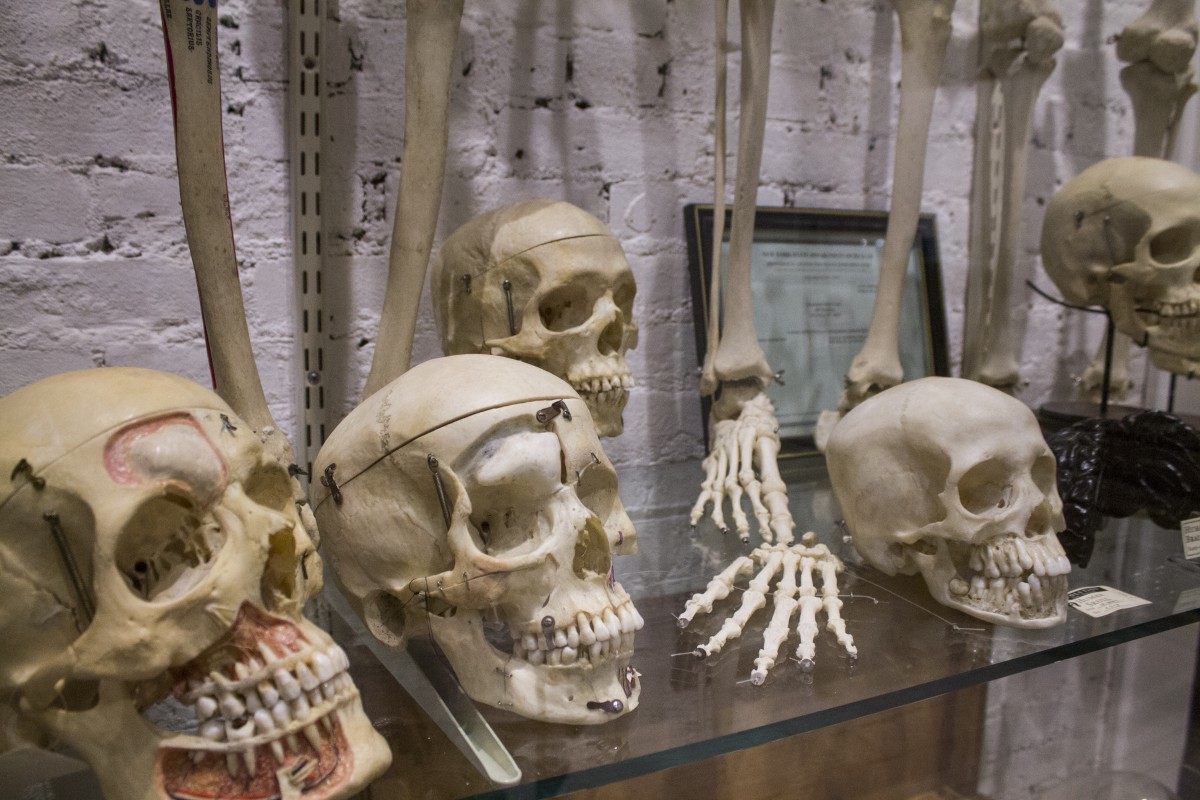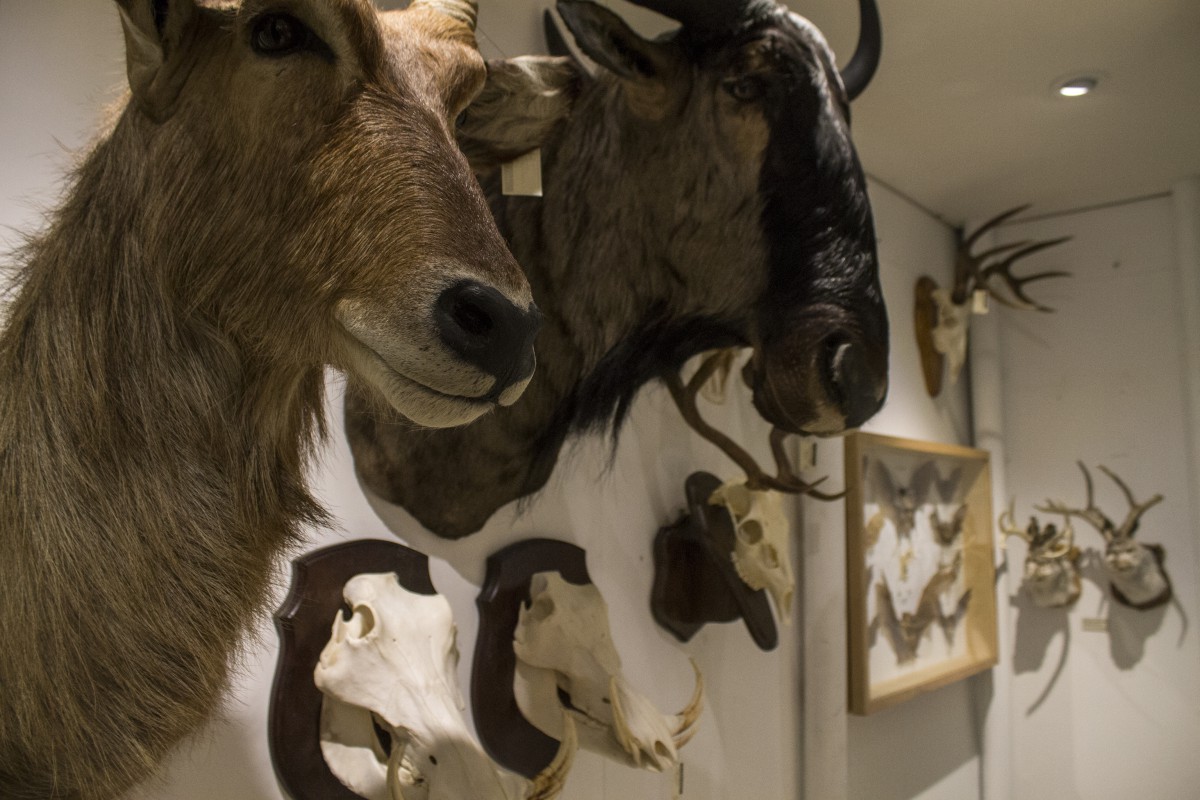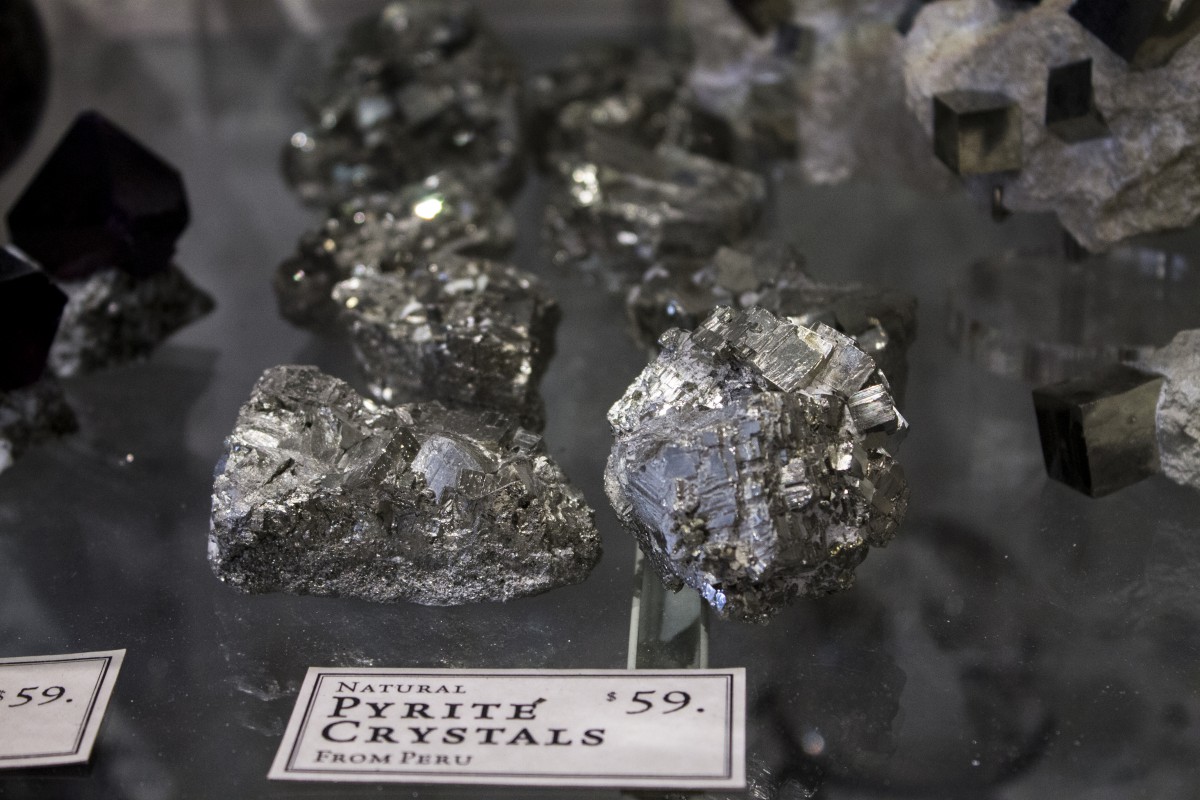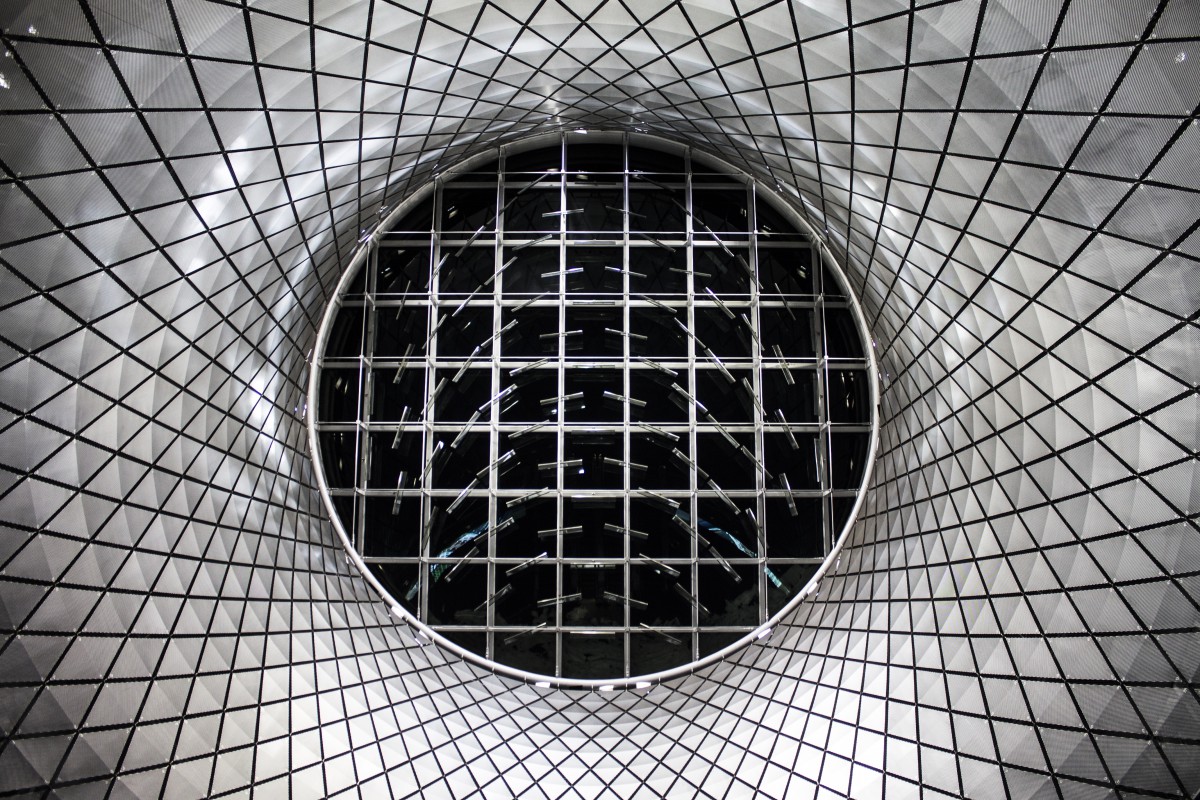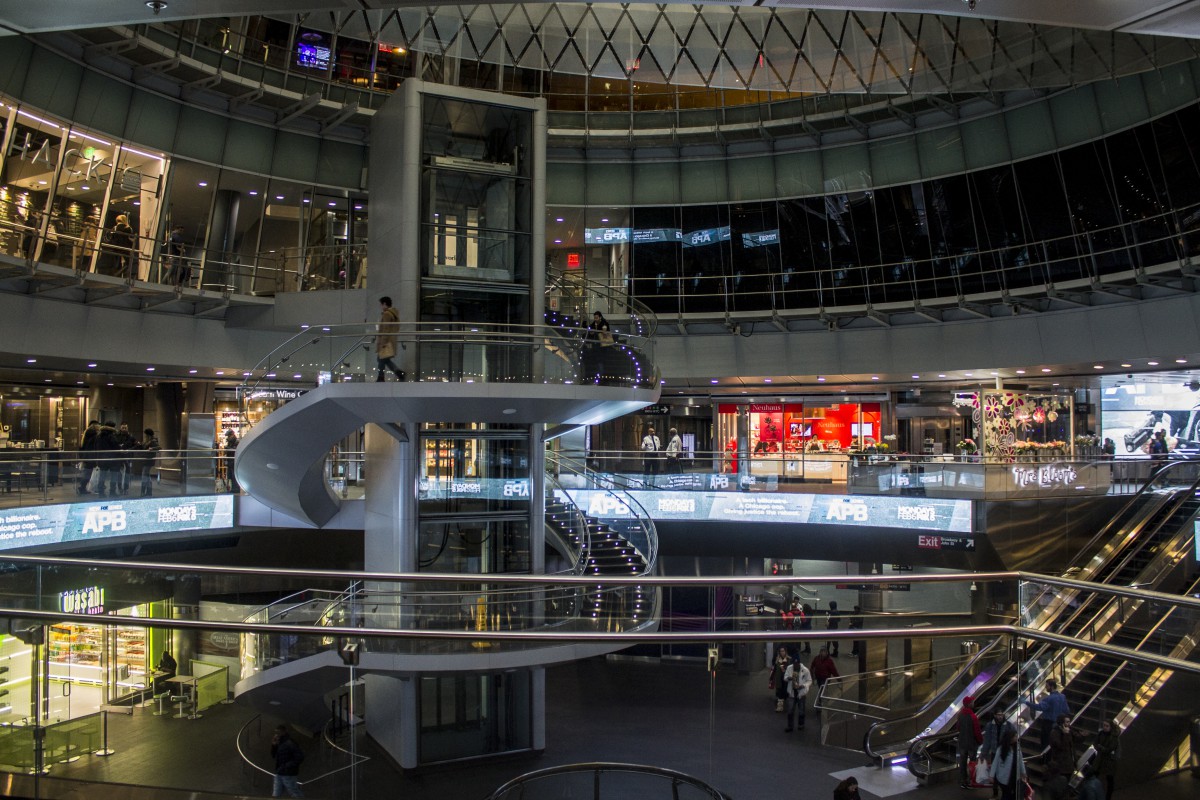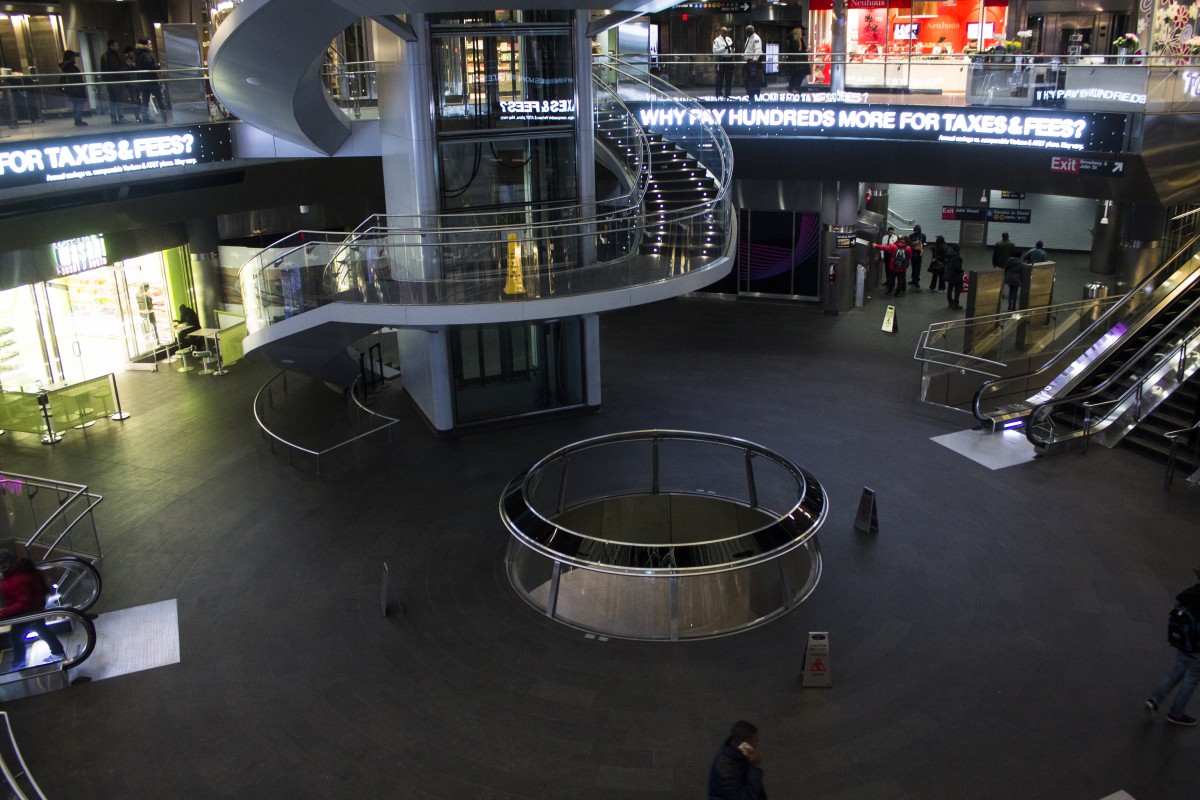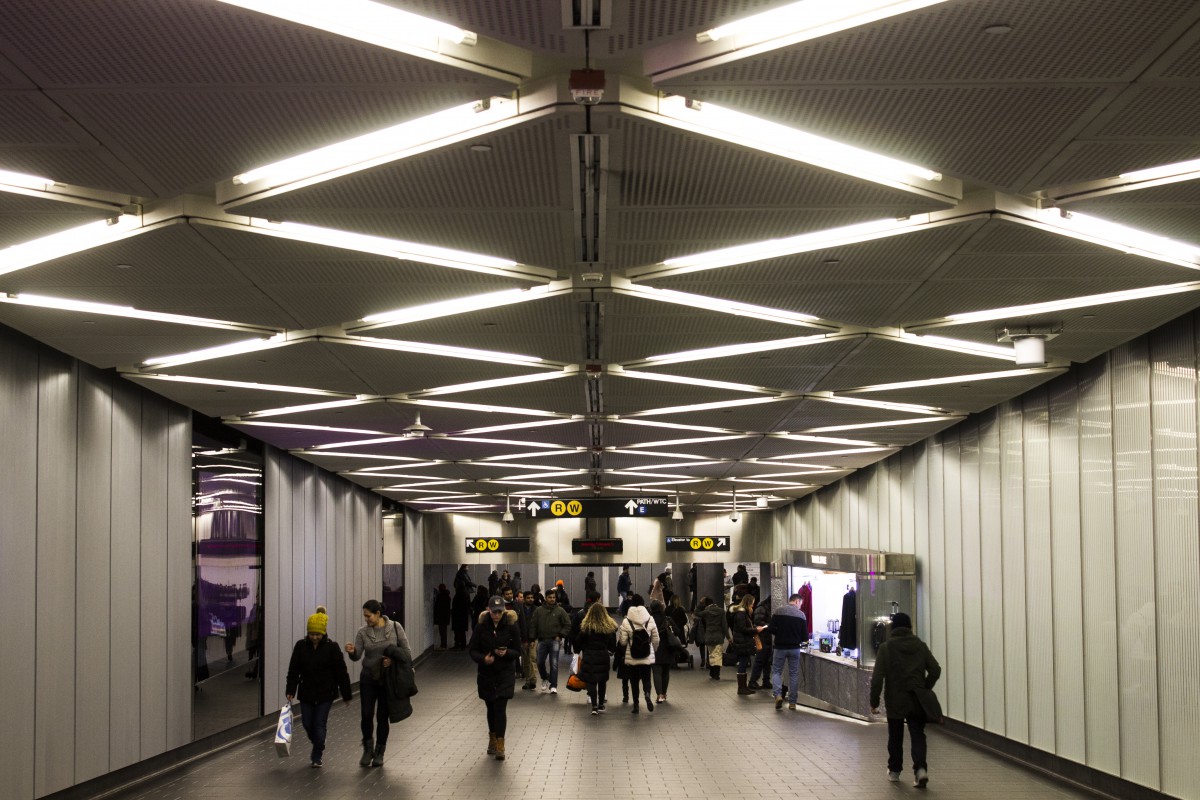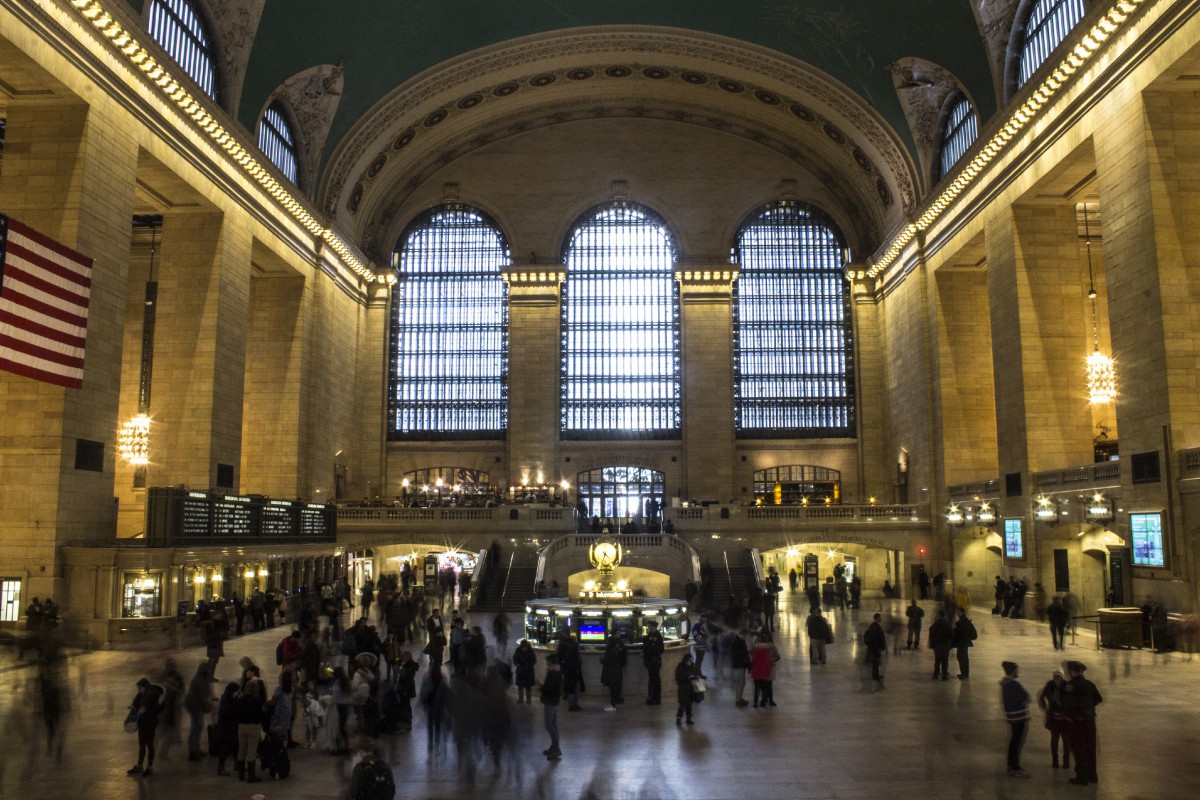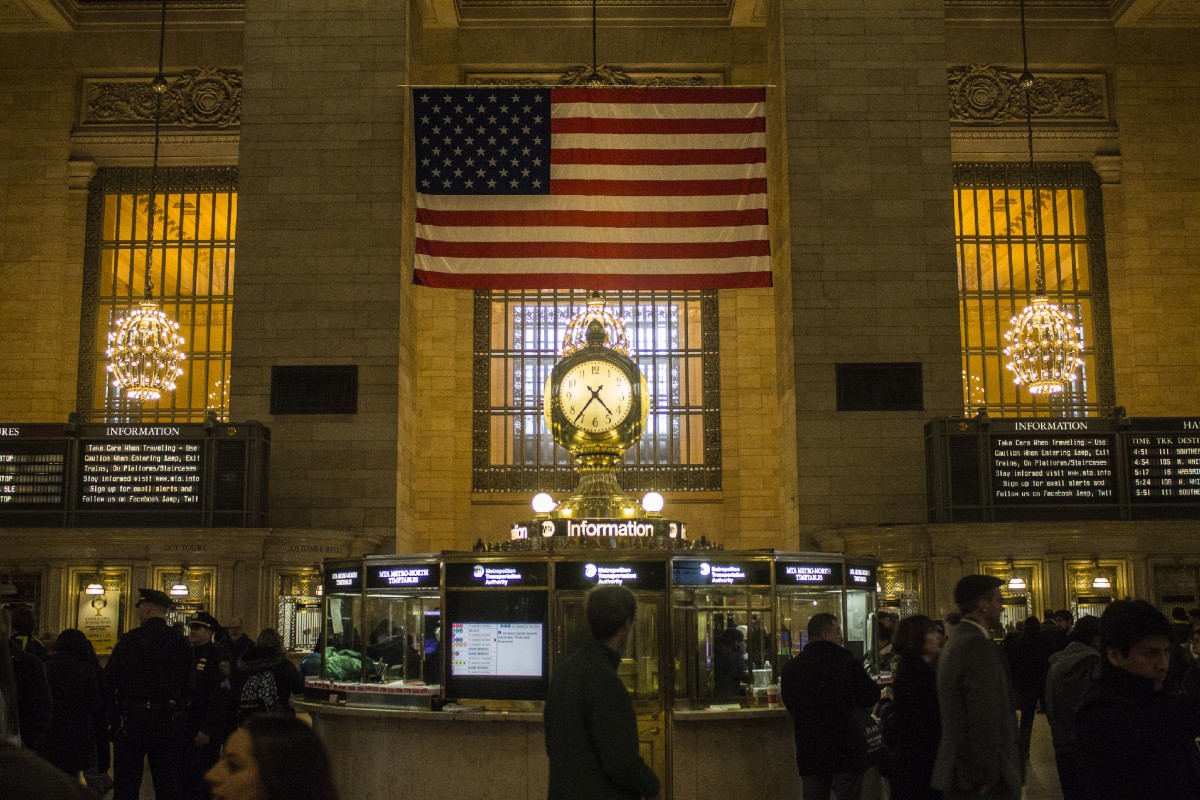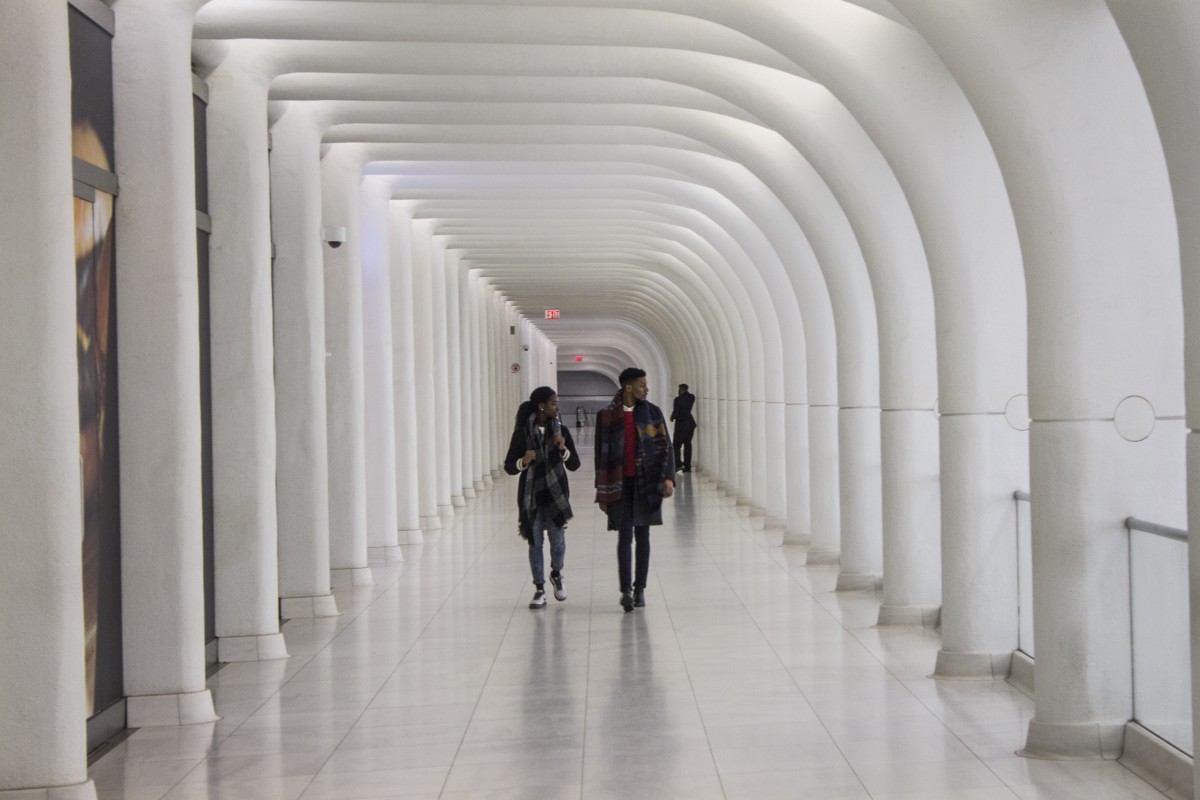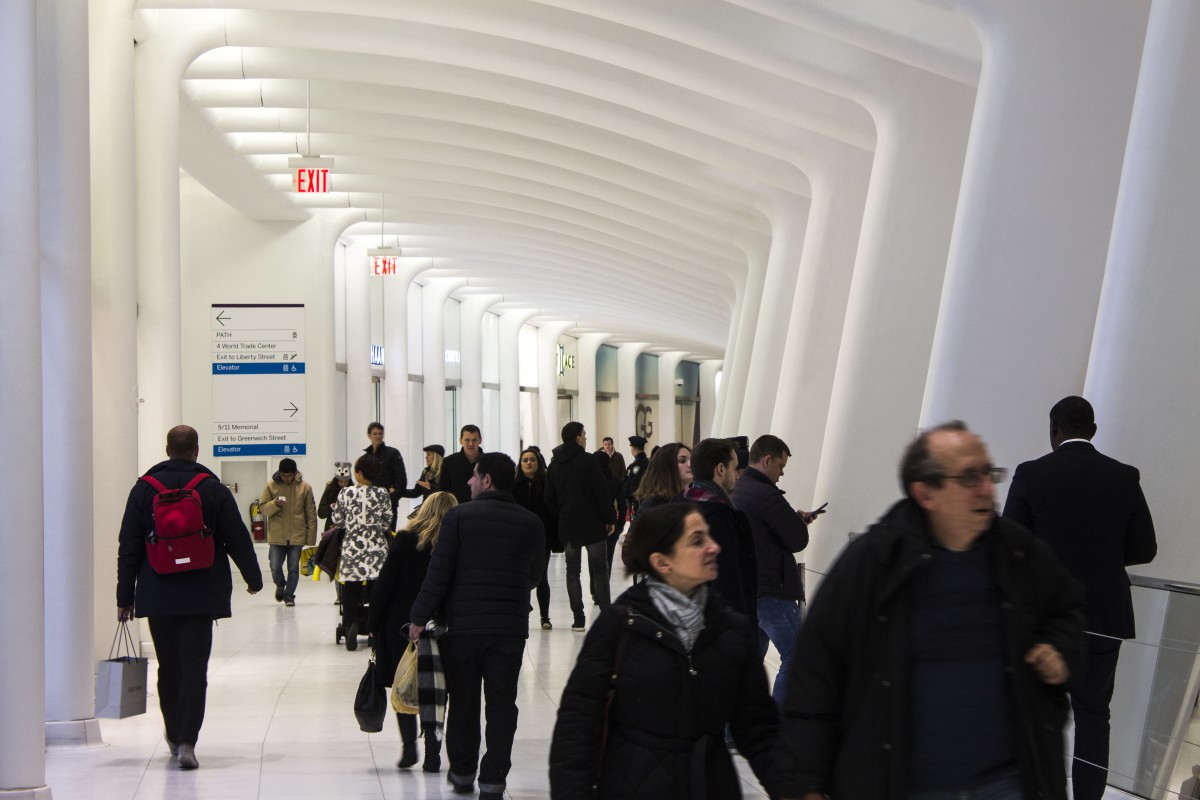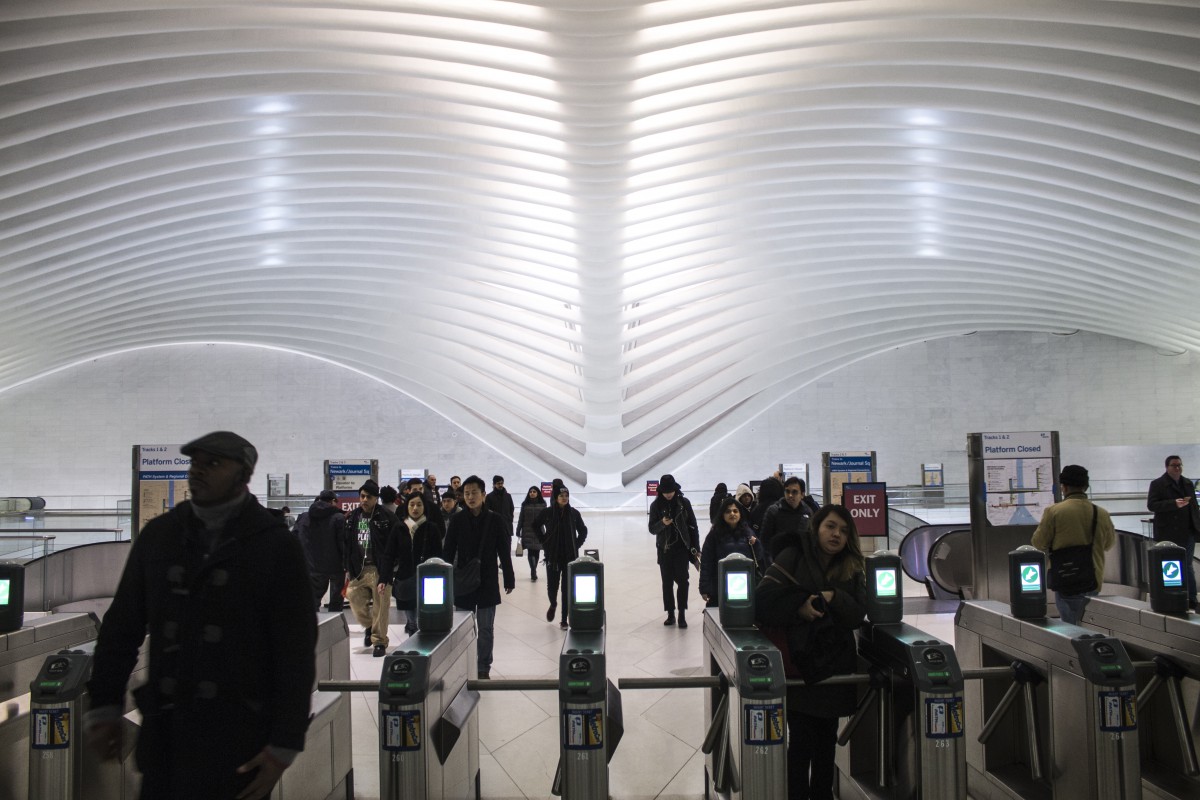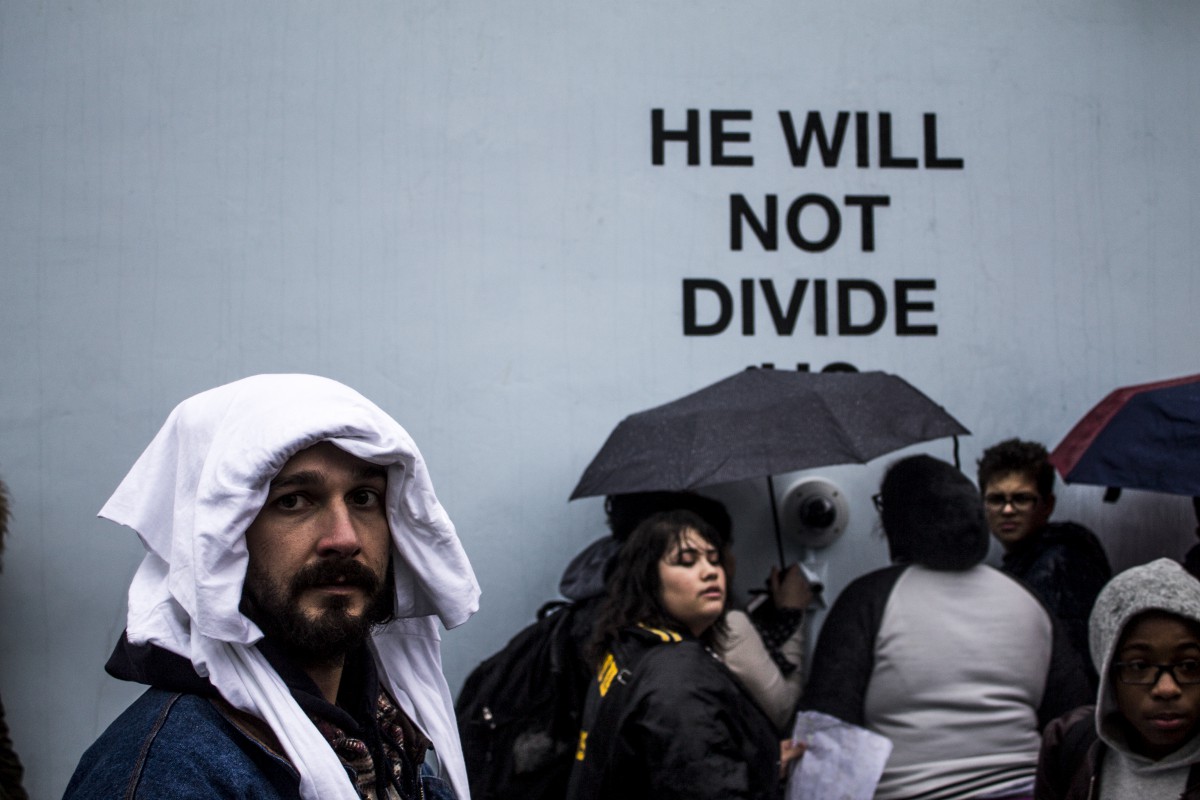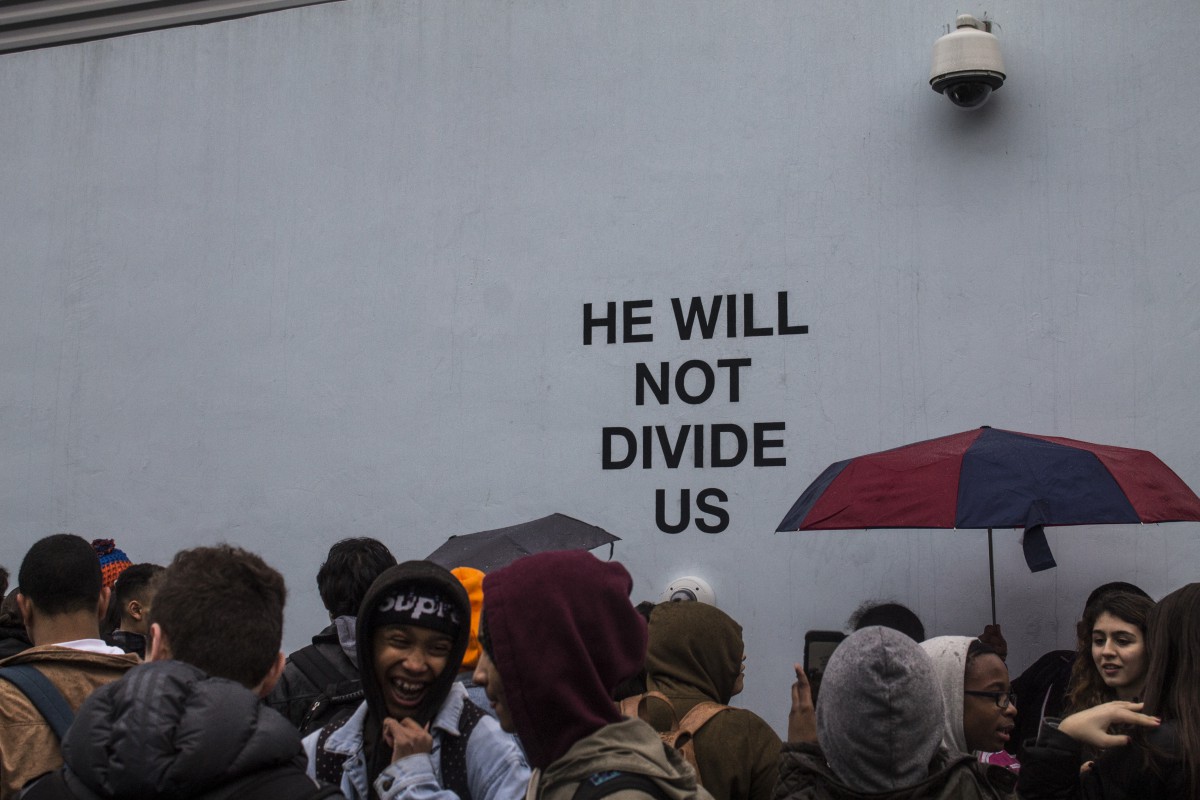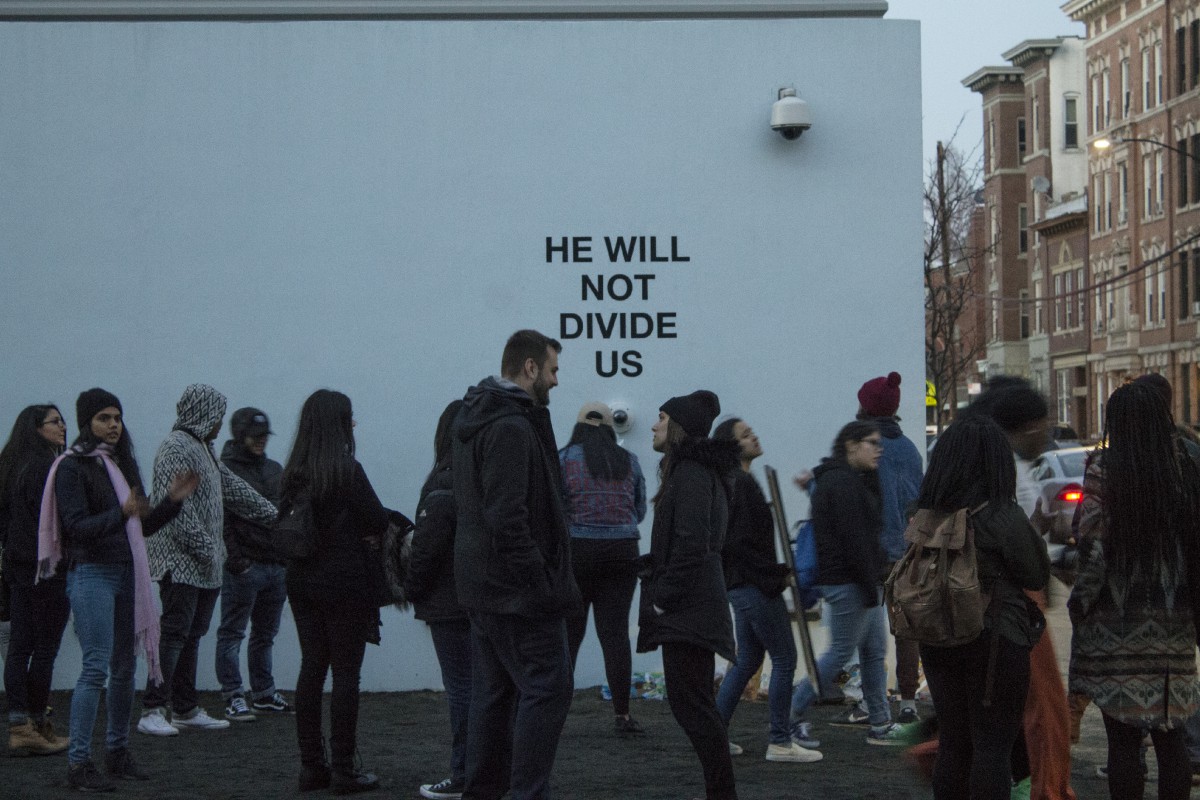A few weeks ago, a friend and I were looking for random places in New York City to explore. After some online research, I stumbled across a place called “The Dream House.” It was a little bit sketchy, there wasn’t a lot of information, and the concept was hard to understand, so of course we went. We were very surprised, weirded out, and kind of interested in what we found. The Dream House is an interactive art installation that takes place on the top floor of a small building in SoHo. The closer we got to finding this place, the sketchier it seemed, but it’s completely legitimate. It’s a public art installation that gets it’s funding from New Yorkers who visit to keep it alive. So it’s free (but be nice a tip a little if you end up going). To get to the point, it’s just a giant room that continuously plays a loud white noise. The windows are covered by color gels, and there a colored spotlights hung up on the ceiling, so the room is an intense pink/purple color. The experience was weirdly relaxing, all you do is sit, lie down, sleep, and/or meditate. There were a handful of people in this room all doing those things. Visitors aren’t really supposed to talk or take pictures, but I did both. Although, laughter isn’t really talking. My friend and I weren’t laughing in a mocking or disrespectful way, we were laughing because we really didn’t know what we got ourselves into. But the experience was really memorable, nonetheless, and that’s all that really matters to me. I actually wouldn’t mind again, it feels like a whole different dimension. Unfortunately, I couldn’t take any pictures with my DSLR camera, so I snuck a few with my phone. These photos are completely unedited, but they stay true to how unique the experience was. Their website has some more information.
